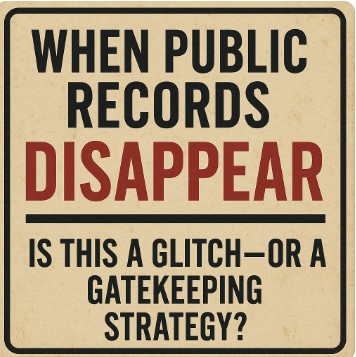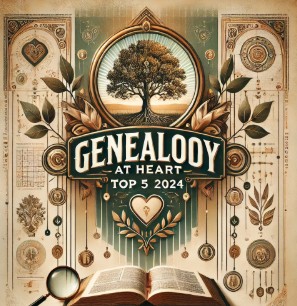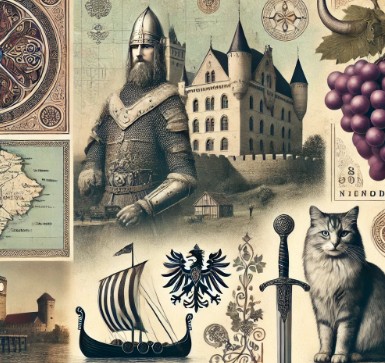
Have you ever stopped to wonder what happens to all the records you’ve created over your lifetime, the birth, baptism, school, marriage, employment, and so on? Truthfully, I hadn’t either. Not until last summer, when I embarked on a new family adventure: dual citizenship.
A Quick Note Before We Begin
I’m currently partnering with a new startup, citizenship.eu, which helps U.S. citizens navigate the process of applying for dual citizenship. When I shared this with my family, my adult kids immediately asked, “Wait, why aren’t we doing that?” Umm… good question. So we all jumped in, and as the keeper of the records, I became the designated gatherer.
That’s when I discovered something infuriating: even though I already had most of the records we needed, the consulate won’t accept them. All documents must be CERTIFIED. In other words, I had to go out and get them all. Again.
We made the decision on a Tuesday in late July. I emailed the consulate that night and received instructions the next morning. Efficient start, right? I immediately submitted requests for records from places too far to visit in person (Arizona and Florida), and then started prepping for the in-person trek. I affixed stickies to each document listing the archive’s name, phone number, address, and hours of operation. My plan:
- Tuesday – Chicago
- Wednesday – Indiana
- Thursday – Ohio
Two weeks, tops. I’d be done and have the documents. Right?
Ah, sweet optimism. Within days, that dream timeline was toast and by the end of the second week, I would’ve been thrilled to finish in three months. I’m still waiting for one! Why the delay?
Let’s just say I discovered firsthand that archival recordkeeping in the United States is a certified disaster.
And So It Begins…
My first unexpected hurdle? Tracking down my own church wedding record.
We were married at our university chapel, which has since closed, so I called the diocese to ask where the records had gone. They gave me the name of a parish to contact. I left a message. A few hours later, I got a call back: Wrong church. I was told to try another.
Funny twist, the new secretary and I realized we had a strange connection: our husbands had once taught at neighboring schools and knew each other. Small world. I sent off another email. No response. I called the next day and was told it went to spam. Okay… but if they knew that, why hadn’t they, you know, read it and responded?
Next email I received was that there was NO record. I was told someone else would need to look at it in a few days. Five days later, I received an email: “We found the entry, but we can’t read the handwriting, so we can’t create a new certificate.” Lucky for them, I had a scan of the original. I sent it digitally. Five days after that, a new certificate arrived in the mail except it was typed up with the wrong church.
Cue another email.
The Sacrament Shuffle
Next came one of our children’s baptismal certificates. But the other child, I was told the church refused to issue it because sacraments had been received “out of order.” Excuse me?
Turns out they had confirmation on record but not communion, so the secretary, apparently moonlighting as a canon law expert, decided she couldn’t issue the certificate. One quick email from me with the communion record attached, and that should’ve been settled. But the principle of the thing? Maddening. I later learned that many parishes separate the sacraments – one book for baptism and confirmation and a separate book for communion. I suspect that the church where the communion has occurred either didn’t send the info to the church that held the baptism record or the receiving church didn’t record it back in the day. I have now insured it’s fixed for eternity.
NARA: Fast Processing, Slow Arrival
I also contacted NARA Chicago to request emigration records. To their credit, they processed and charged my card lightning-fast. The problem? Nothing arrived. Ten days went by. I emailed them to ask if the records had been sent. My mail delivery is spotty at best, which is one reason I had planned to collect as much in person as possible. They had mailed them and resent. You can see how the postal service delivered the second set – cut open on both ends.
NARA Chicago, it turns out, doesn’t have ship manifests or census records and though those are free online, the consulate requires certified copies. That means hiring someone in D.C. to get them in person.
So far, no luck. My go-to researchers hadn’t responded probably because it’s not in their usual wheelhouse. The NARA-DC website is quirky and I was unable to request them online. I thought I might need to make the trip myself because of course I will if I have to! Stay tuned because next week as the saga continues with more twist and turns.












